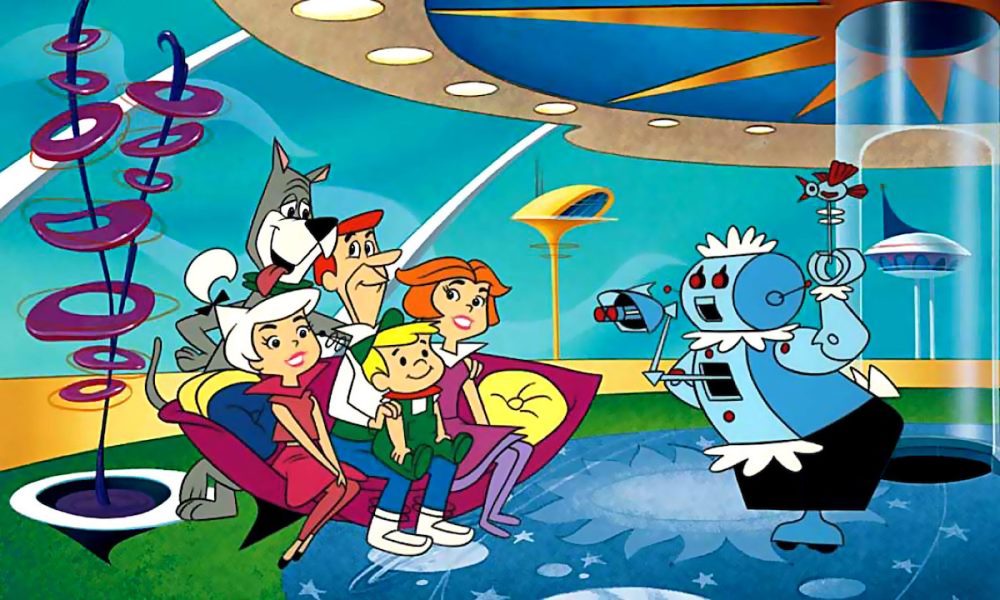equanimous
Norse clairvoyant shapeshifter goddess
There is a thread dedicated to that. Many post there on chartsWe are sitting just below support which is at .62 which is not ideal, we are still in a downtrend as per the charts this one is on the hourly. Hoping for some news that will launch us above .68 as there are 5 areas of resistance we need to break through to buck this trend.
I ultimately feel we will hold this line until we get some good news and hopefully wont fall to the next support which is a fair bit lower. But I do always seem to have my rose tinted glasses on when it comes to Brainchip!
Let me know if you appreciate the daily chart and synopsis and I’ll keep them going.

Technical Analysis
Hmmm...I'll post over on the main thread as well fwiw... 17th Jan as per prev post. 15th Feb...wanna hold this bottom TL Yes it feels climactic with everyones emotions not held in check. Maybe this is the capitulation we needed to find the base...... A bit of wishful thinking though as...
 thestockexchange.com.au
thestockexchange.com.au





